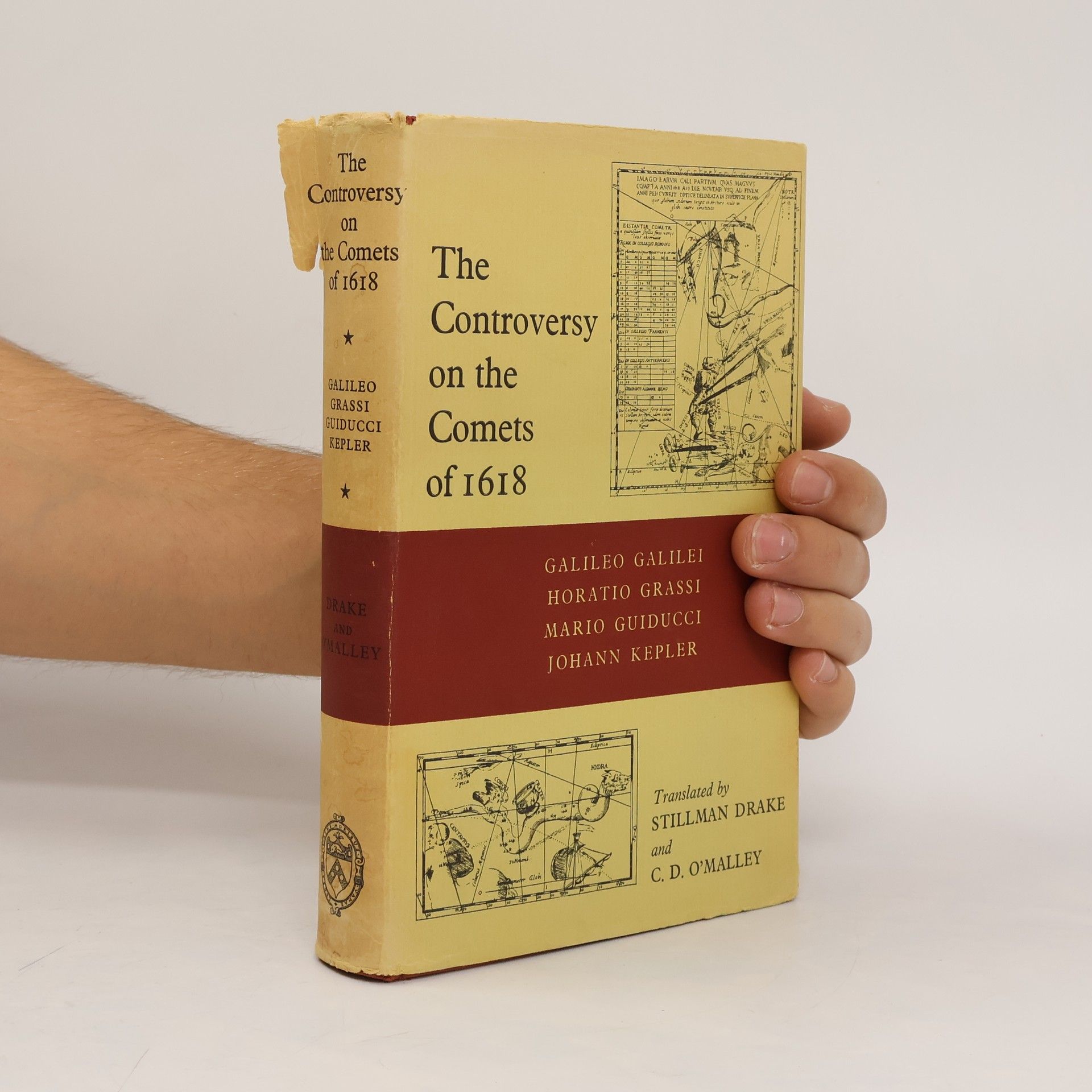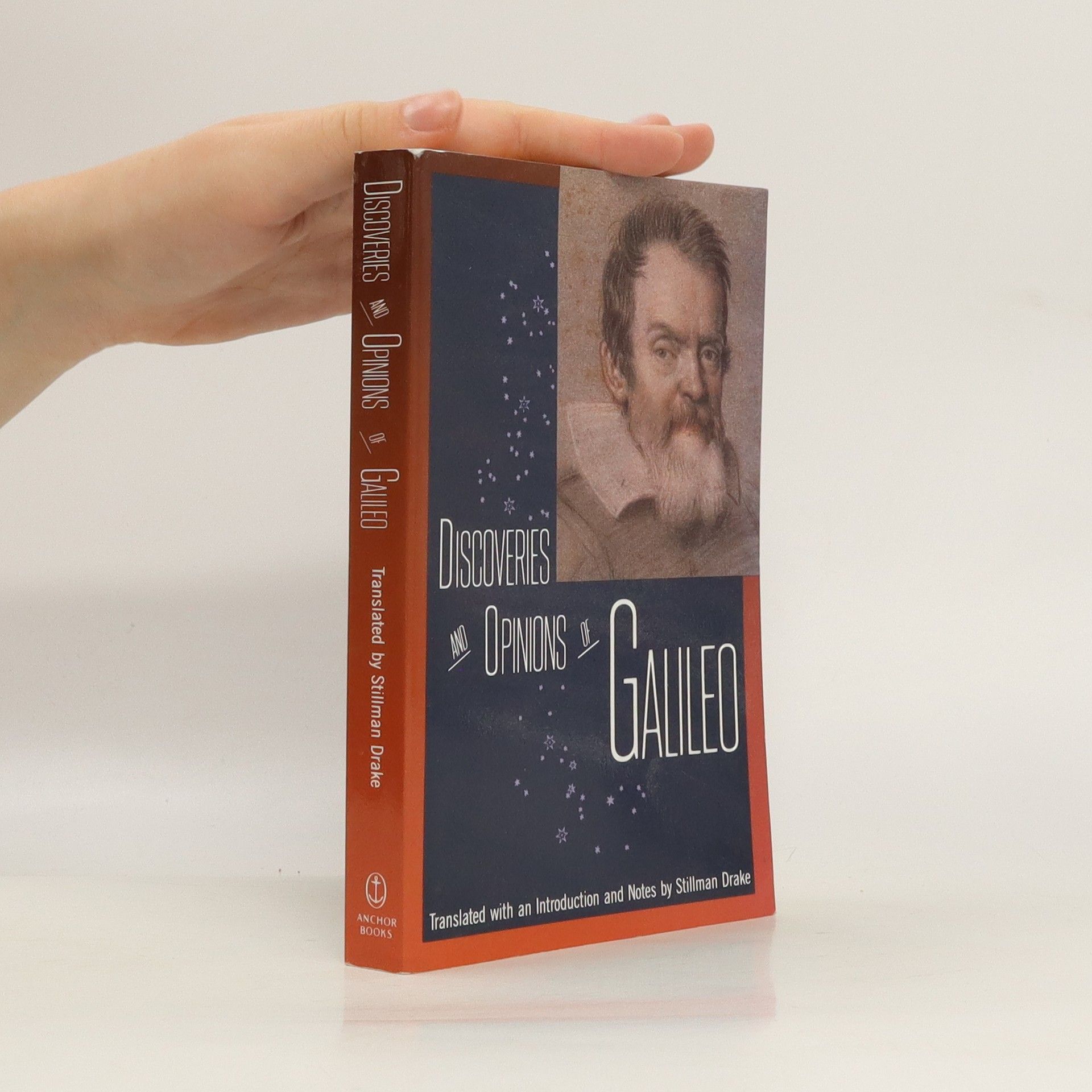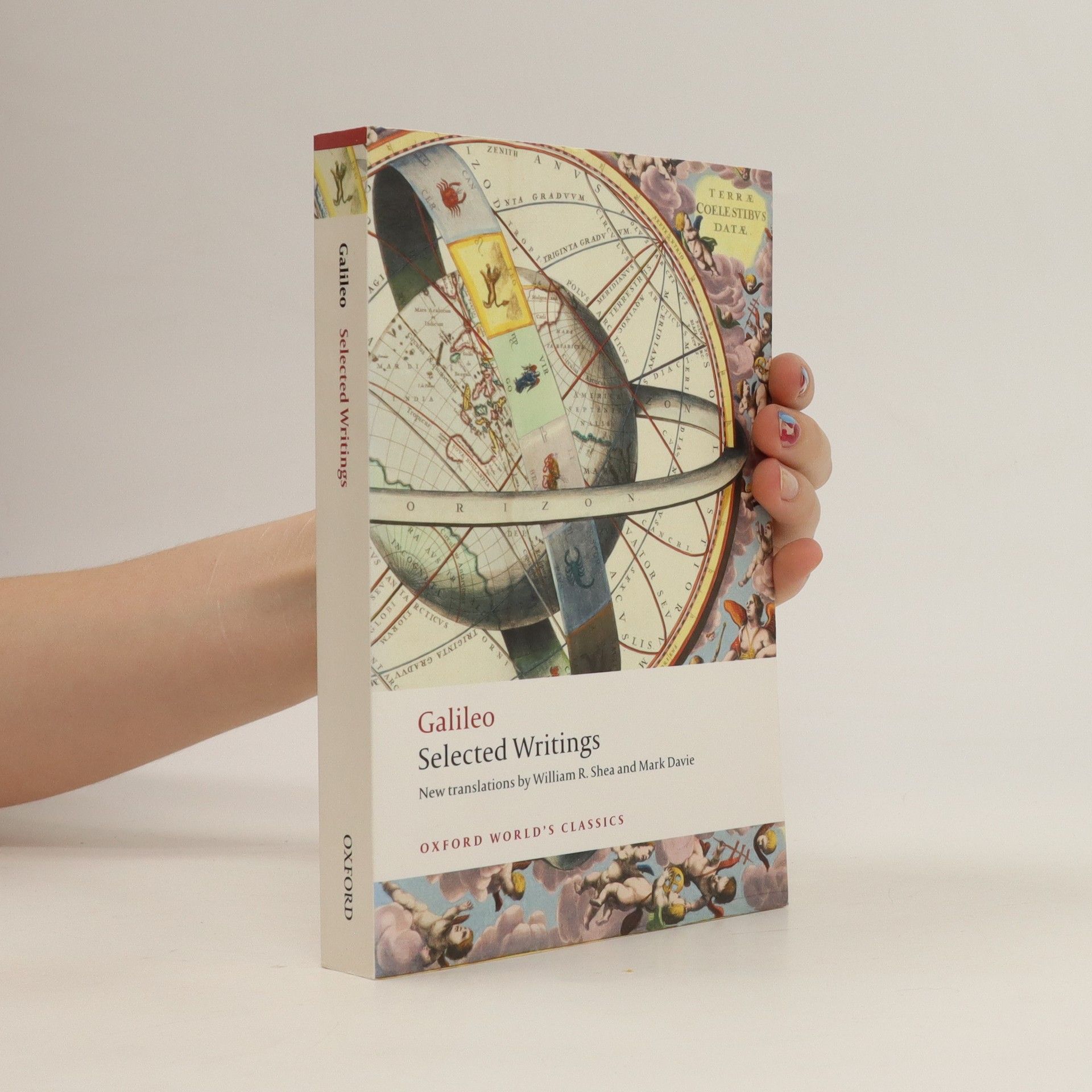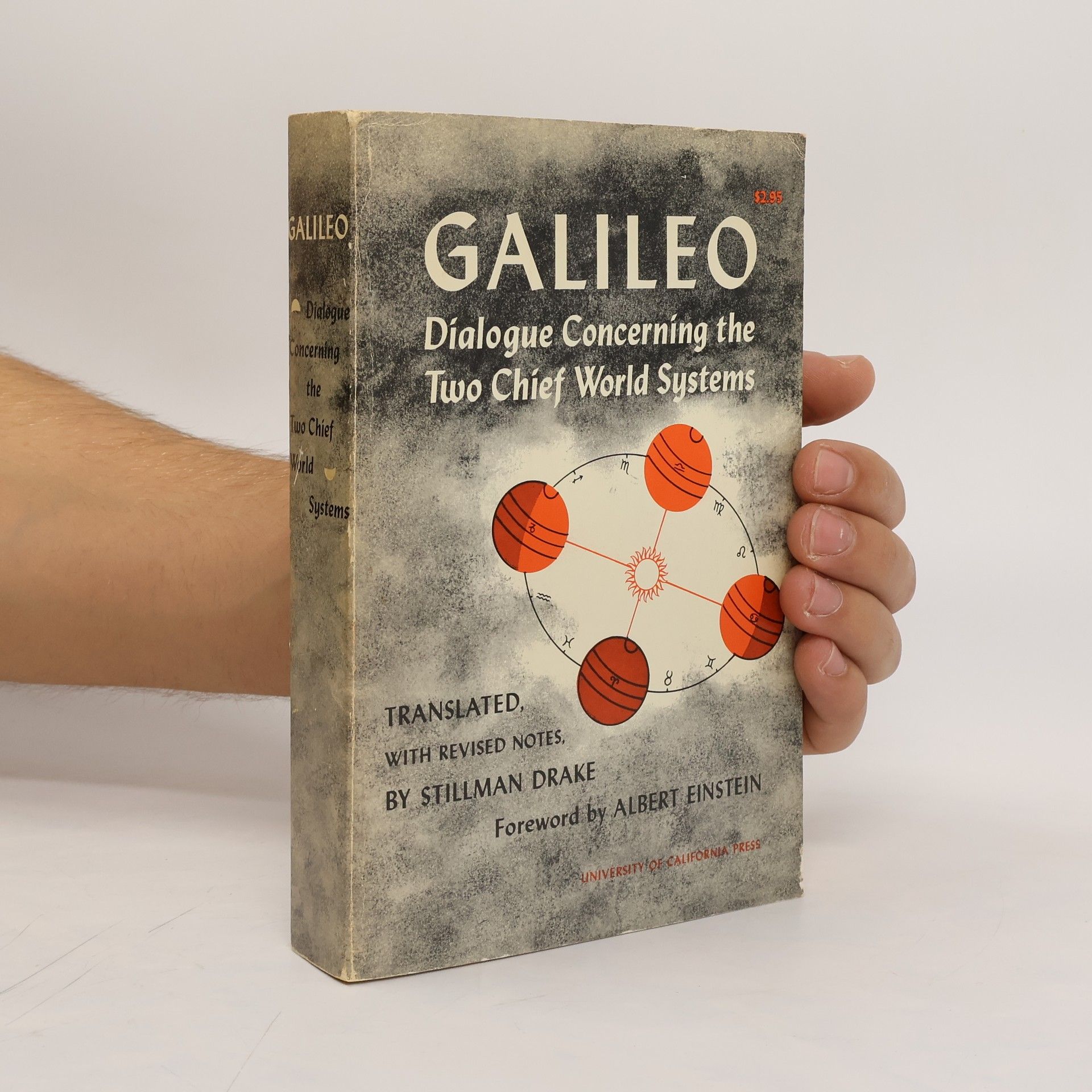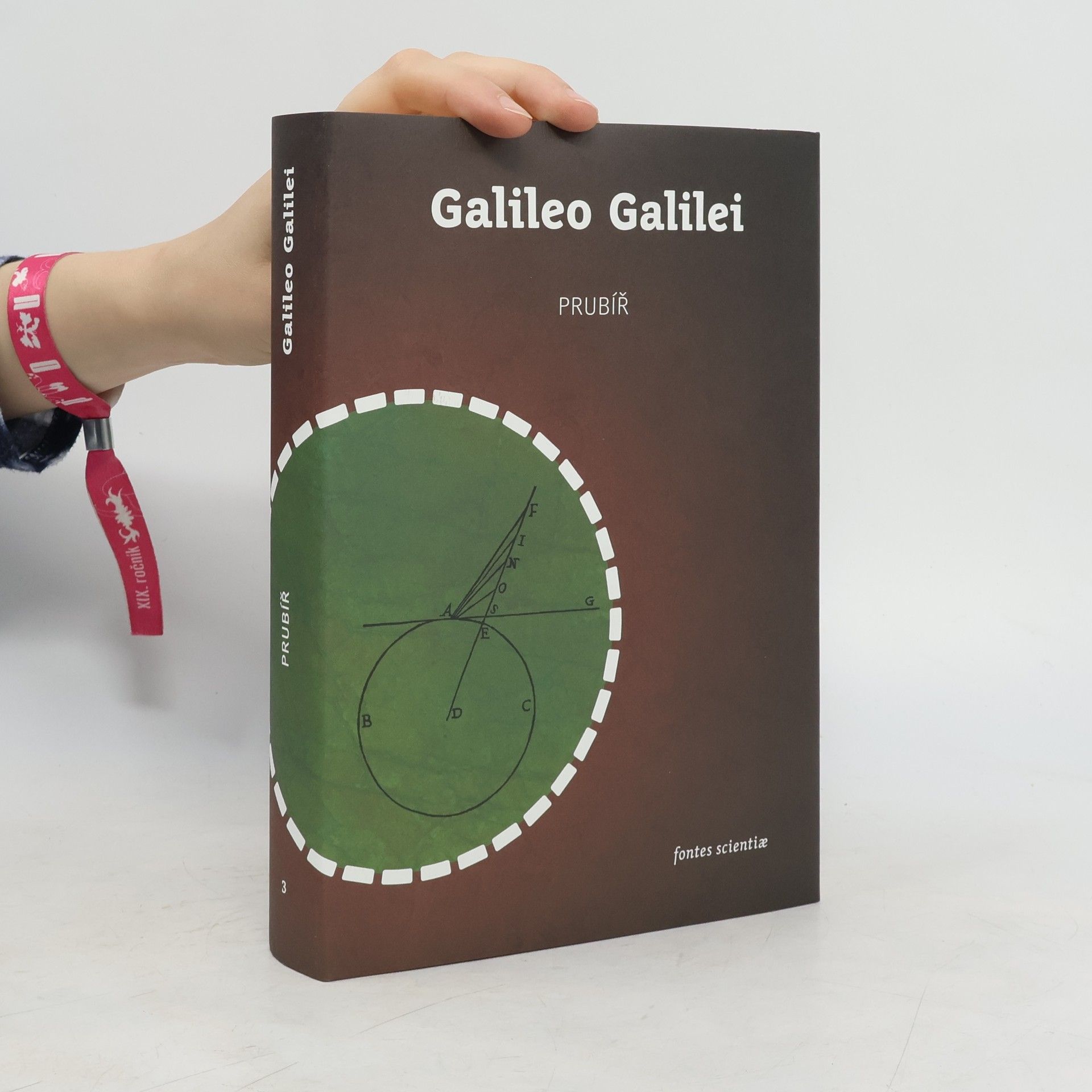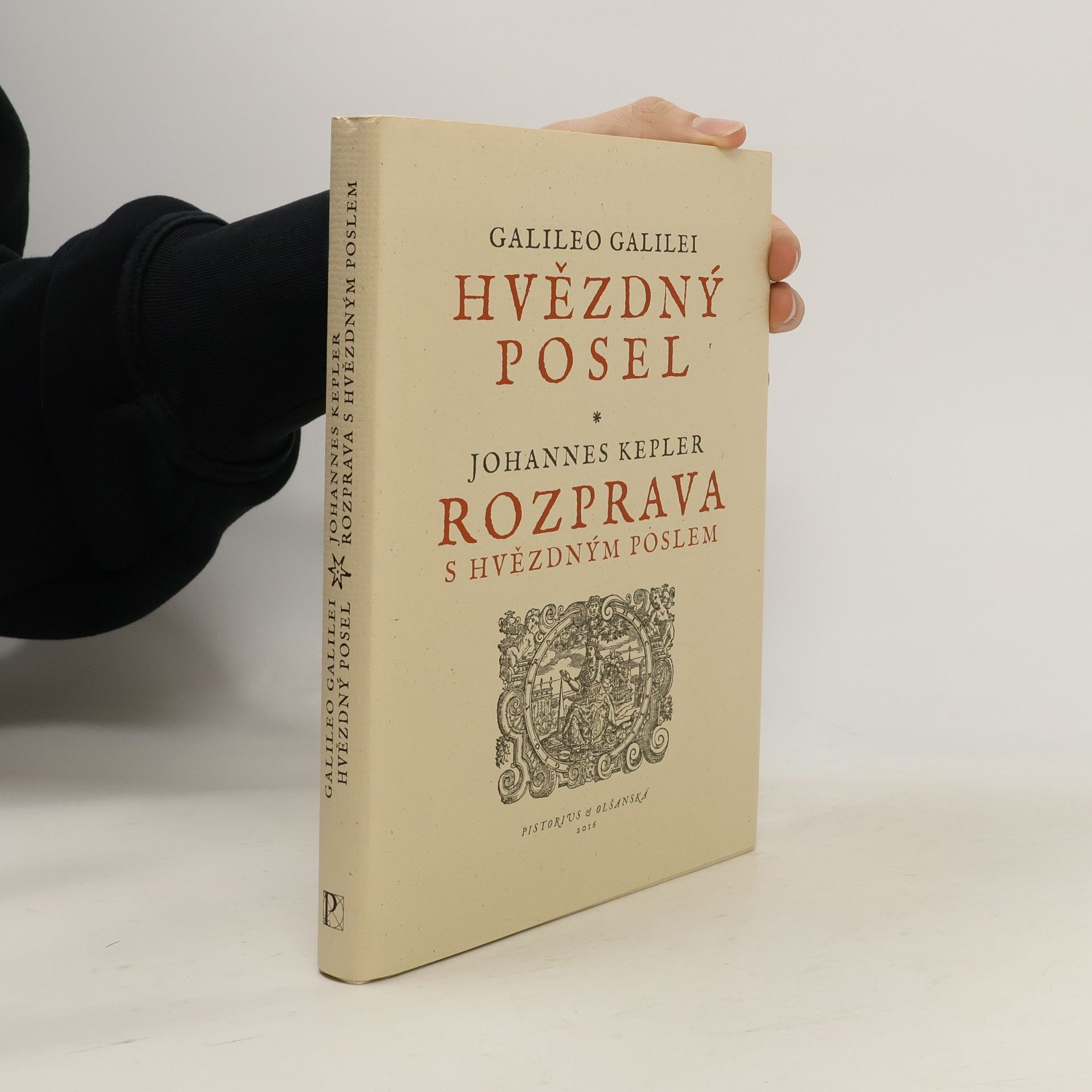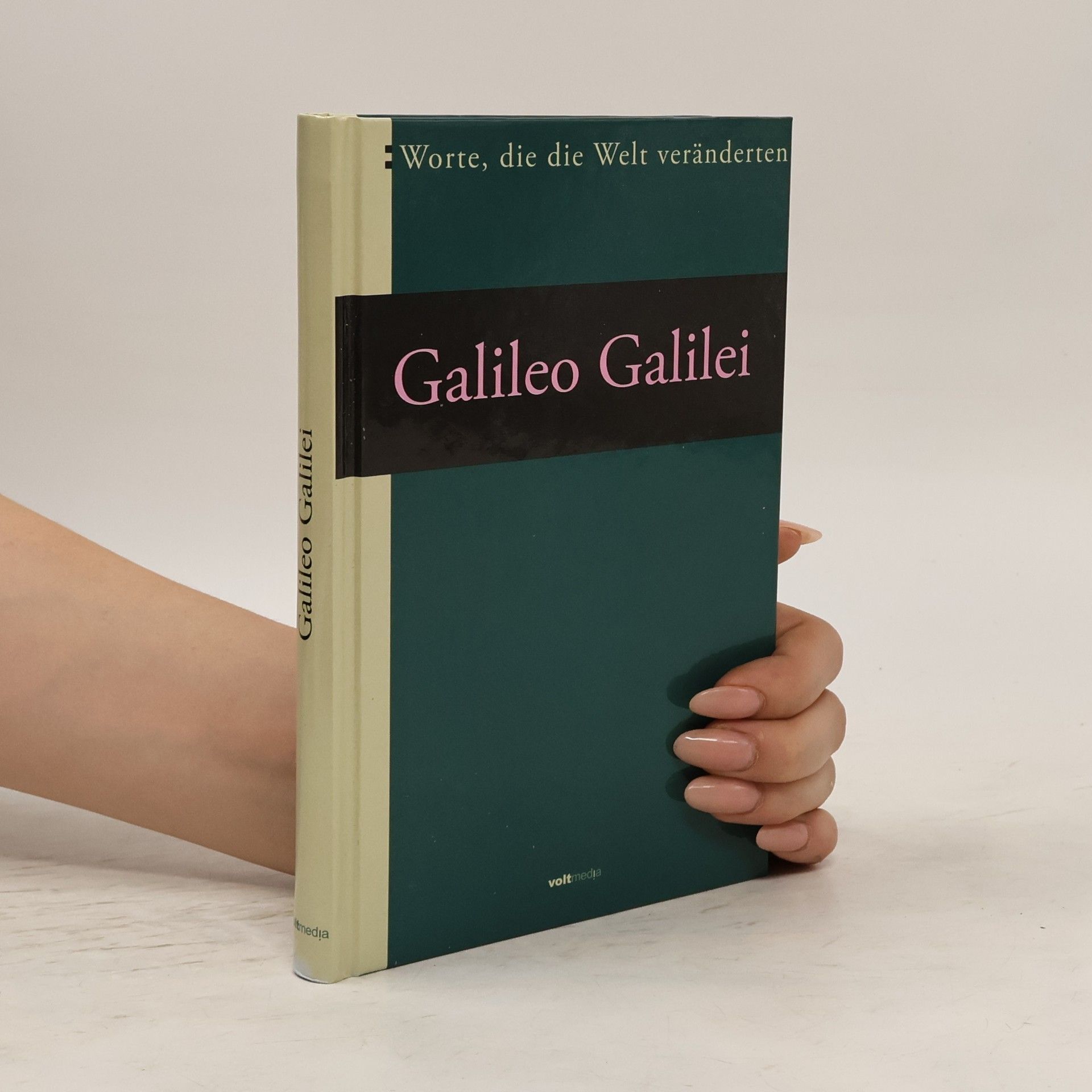Hvězdný posel. Rozprava s hvězdným poslem
- 208 pages
- 8 hours of reading
Na jaře roku 1610 vydal Galileo Galilei nevelký spisek Hvězdný posel, věnovaný florentskému vévodovi Cosimovi II. Medicejskému, v němž jako první popsal pozorování oblohy pomocí dalekohledu a oznámil objev Jupiterových měsíčků. Jeden výtisk poslal rovněž Johannesu Keplerovi, který záhy Galileovy zaslal obsáhlý dopis, v němž jeho objevy ocenil, a tuto svoji recenzi také pod jménem Rozprava s hvězdným poslem zveřejnil tiskem. Oba tyto útlé svazky, která výrazně vstoupily do dobové diskuse o kosmologickém uspořádání a které jsou i skvělou ukázkou renesanční stylistiky, patří mezi nejdůležitější astronomické práce všech dob. Kniha přináší jejich překlad spolu se zasvěceným komentářem, který osvětluje podstatu Galileových objevů, stejně jako jejich dobové souvislosti.


